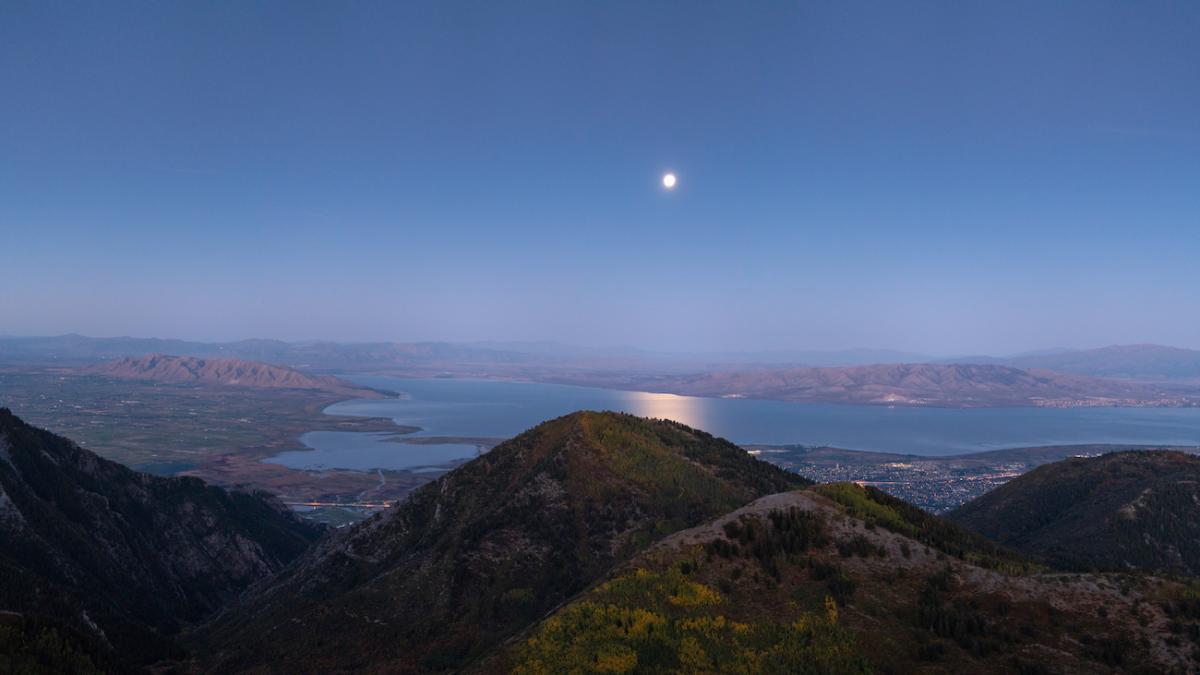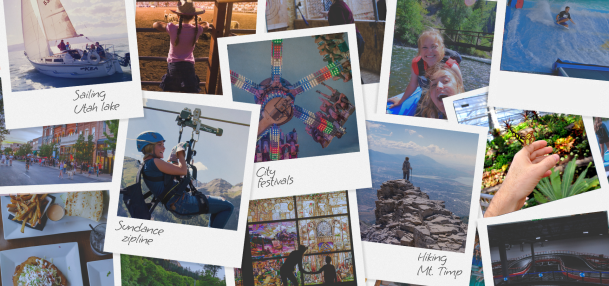It’s no secret that social media has been a powerful tool in getting people outside. At the touch of our fingertips, we can witness the majesty of sunrise over the Grand Canyon and within seconds watch the thunderous power of a volcano erupting in Iceland.
Social media has opened a doorway to some of the most majestic and profound scenes this world has to offer. Yet, there has been a growing disconnect in the beauty being shared and the ways we can preserve that beauty for generations to come.
From the rugged Lone Peak Wilderness and the stunning bridal veil falls to the grandeur of the Nebo Loop, Utah Valley is filled with opportunities for adventure for all ages and skill levels. Thanks to social media, many people can discover and connect with these wild places like never before. Getting more people outside is something I fully support!
However, the increased traffic to these iconic places and the lack of education on how to preserve them is leading to certain local gems being overrun and trashed.
The solution is that of responsible content creation. This is something that pertains to the sharing of the content, just has much as it does to the capturing of the content. It’s also something that is simple…it just requires us to be more thoughtful and aware of any regulations/restrictions. Here is a list of three ways you can start being a more responsible content creator:

1. Drone Use
a. Did you know that drones are totally allowed on Forest Service and Public lands, yet they are NOT allowed in designated Wilderness Areas such as Mount Timpanogos, Nebo, and Lone Peak Wildernesses? For example, you can fly your drone in American Fork Canyon or Provo Canyon, but not in the wilderness areas in between.
b. Drones cannot take off, land, or fly over designated Wilderness Areas. This map will show you the Wilderness boundaries.
c. When flying over public lands, it is important to follow the FAA guidelines, along with respecting the privacy of other people and wildlife. Also never fly near a wildfire, it is illegal and it prevents fire crews from flying their planes and helicopters to fight the fire.
d. Drone regulations within public lands can be found here. I highly recommend reading it. (Seriously, it will take you maybe two minutes to read.) You can also find information here to register your drone.
2. Be Considerate of Others
a. Did you know Wilderness areas have certain etiquette and restrictions in place? Yep, they are different from normal public lands because they are meant to be kept natural and untouched. So please stay on the trails, don’t take shortcuts, leave the wildflowers alone (they look much better in the mountains than in your home), and respect the wildlife.
b. Wilderness etiquette and restrictions can be found here. With both the all- encompassing rules, along with specific restrictions for specific wilderness areas. Such as campfires are NOT allowed in Timpanogos and Lone Peak Wildernesses, but they are allowed in the Nebo Wilderness (when fire danger is low obviously.)
c. When in nature, be thoughtful of the fact that other people and wildlife are in the area, and they deserve to enjoy it just as much as you.
i. Wear headphones or leave the music at home.
ii. Don’t block trails for photos or other reasons.
iii. Pick up after yourself and others if you have the means to do so. (Setting a good example is contagious, just as setting a bad example is.)
iv. If nature calls, know how to properly go to the bathroom in nature. Stay away from water sources, and please don’t go on the trail. Follow these LNT rules for disposing of waste.
v. Don’t be reckless.
vi. Be prepared, always bring more water than you think you need. Tell people where you’ll be and when you’ll be back home.
vii. Know the 7 LNT (Leave No Trace) Principles and apply them.
3. Be Thoughtful When Sharing
a. Social media can make things seem safer or easier than they really are, be open with the challenges you faced on a trail or the things you did to fully prepare for it. Not only will you be sharing your awesome adventure with others, but you’ll help them be safer when they go out.
b. Take part in ways to give back to our wild places such as volunteer days or adopting a trail. Share about these opportunities online to get more people involved.
c. When we lead by example as a steward of nature, it can be a great motivator for others to follow suit. Share LNT principles when talking about your camping trip. They also have LNT Guidelines for social media, that are worth reading.
In an age where it is so easy to capture and share content, let’s make sure we are creating content that inspires and motivates others to be better stewards of our wild places. Because the fact of the matter is the only way these places will be preserved and get cleaned up is through the actions and examples of everyday people like us. We don’t have to be perfect; we just have to keep trying and be proactive in learning how to be better.



